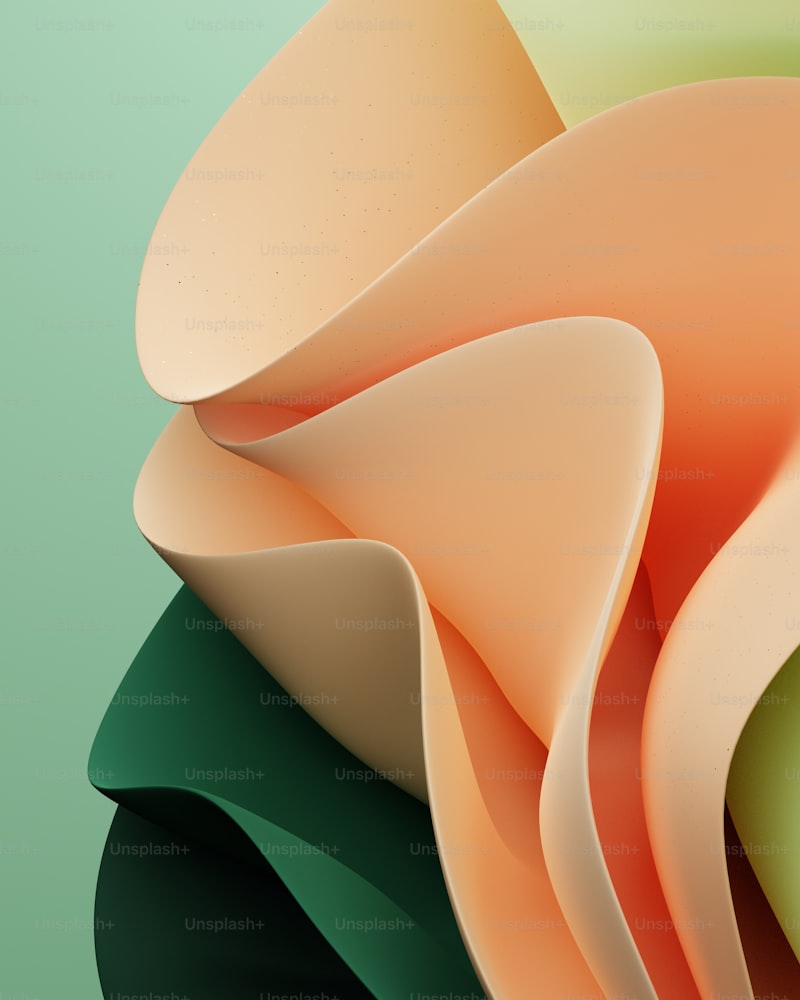Unlocking the Beauty of Color Theory in Floral Design
Understanding Color Theory in Floral Design
Color theory is a fundamental aspect of floral design, playing a crucial role in how floral arrangements are perceived and appreciated. This article will explore the principles of color theory, its applications in floral design, and essential tips for creating stunning arrangements that engage the eye and touch the heart.
What is Color Theory?
Color theory is a conceptual framework that explains how colors interact with one another and the emotions they evoke. It encompasses various models and palettes, which guide artists and designers in selecting and combining colors harmoniously. In floral design, color theory helps designers create arrangements that not only look good but also convey specific emotions and messages.
The Color Wheel and Its Importance
The color wheel is a vital tool in understanding color relationships. It consists of primary, secondary, and tertiary colors, organized in a circular format to illustrate their connections. The primary colors (red, blue, yellow) mix to create secondary colors (green, orange, purple), which further combine to create tertiary colors.
| Primary Colors | Secondary Colors | Tertiary Colors |
| Red | Green | Red-Orange |
| Blue | Orange | Yellow-Orange |
| Yellow | Purple | Blue-Green |
Understanding how these colors work together allows floral designers to create visually appealing arrangements that attract attention and convey meaning.
Color Categories in Floral Design
Colors can be categorized into different groups based on their characteristics, which can significantly impact how a floral design is perceived. Here are the primary categories to consider:
Warm Colors
Warm colors, such as red, orange, and yellow, evoke feelings of excitement, energy, and warmth. These colors are often used in arrangements meant to inspire joy and enthusiasm. For instance, a vibrant bouquet of yellow sunflowers, orange marigolds, and red roses can create an uplifting atmosphere, making it perfect for celebrations.
Cool Colors
Cool colors, including blue, green, and purple, tend to evoke calmness, peace, and relaxation. Utilizing cool colors in floral arrangements can create a serene and tranquil environment. A bouquet of white lilies, blue hydrangeas, and lavender can bring a sense of calm to any space, making it ideal for a spa or meditation room.
Neutral Colors
Neutral colors, such as white, black, gray, and brown, provide balance and can complement both warm and cool colors. They are essential for grounding a floral arrangement and can enhance the overall composition. Incorporating white flowers, like roses or orchids, can highlight brighter blooms and create a sophisticated look.
Color Schemes in Floral Design
Using color schemes is essential for creating cohesive floral arrangements. Here are some popular color schemes that can elevate your designs:
Monochromatic Color Scheme
A monochromatic color scheme involves using varying shades, tints, and tones of a single color. This approach can create a chic and sophisticated look. For example, a bouquet of different shades of pink flowers can create a harmonious and elegant design.
Analogous Color Scheme
Analogous colors are those that are next to each other on the color wheel. Using these colors together can create a serene and visually appealing arrangement. For instance, combining blue, blue-green, and green flowers can evoke a refreshing, natural feel.
Complementary Color Scheme
Complementary colors are opposite each other on the color wheel. When used together, they create high contrast and vibrant arrangements. For example, pairing orange flowers with blue foliage can make both colors pop, creating a dynamic and eye-catching display.
Emotional Impact of Colors in Floral Design
The colors chosen for a floral design can significantly influence the emotions and messages conveyed through the arrangement. Here’s a breakdown of common colors and the feelings they typically evoke:
| Color | Emotional Impact |
| Red | Passion, Love, Energy |
| Yellow | Happiness, Optimism, Friendship |
| Blue | Calm, Peace, Trust |
| Green | Growth, Harmony, Renewal |
| Purple | Luxury, Creativity, Wisdom |
Understanding these emotional impacts can help floral designers select colors that align with the message they wish to communicate.
Tips for Incorporating Color Theory into Floral Design
To effectively utilize color theory in your floral arrangements, consider the following tips:
- Know Your Audience: Understand the preferences and emotional responses of your target audience. Tailor your color choices accordingly.
- Use Seasonal Colors: Incorporate colors that reflect the current season. For example, warm hues in fall and cool tones in winter can enhance the seasonal experience.
- Experiment with Textures: Different flower textures can influence the perception of color. Combining smooth and fluffy flowers can add depth and intrigue.
- Balance is Key: Ensure that your arrangements have a balance of color intensity, size, and texture to create a visually pleasing composition.
- Test with Small Arrangements: Before creating larger designs, experiment with smaller arrangements to see how colors interact.
Conclusion
Color theory plays a pivotal role in floral design, influencing the aesthetic appeal and emotional resonance of arrangements. By understanding the color wheel, the emotional impact of colors, and effective color schemes, designers can create stunning floral displays that captivate and delight. Remember to consider your audience and experiment with different combinations to find the perfect balance for your next floral masterpiece. Whether you’re designing for a wedding, a corporate event, or simply for personal enjoyment, harnessing the power of color theory can elevate your floral design to new heights.
